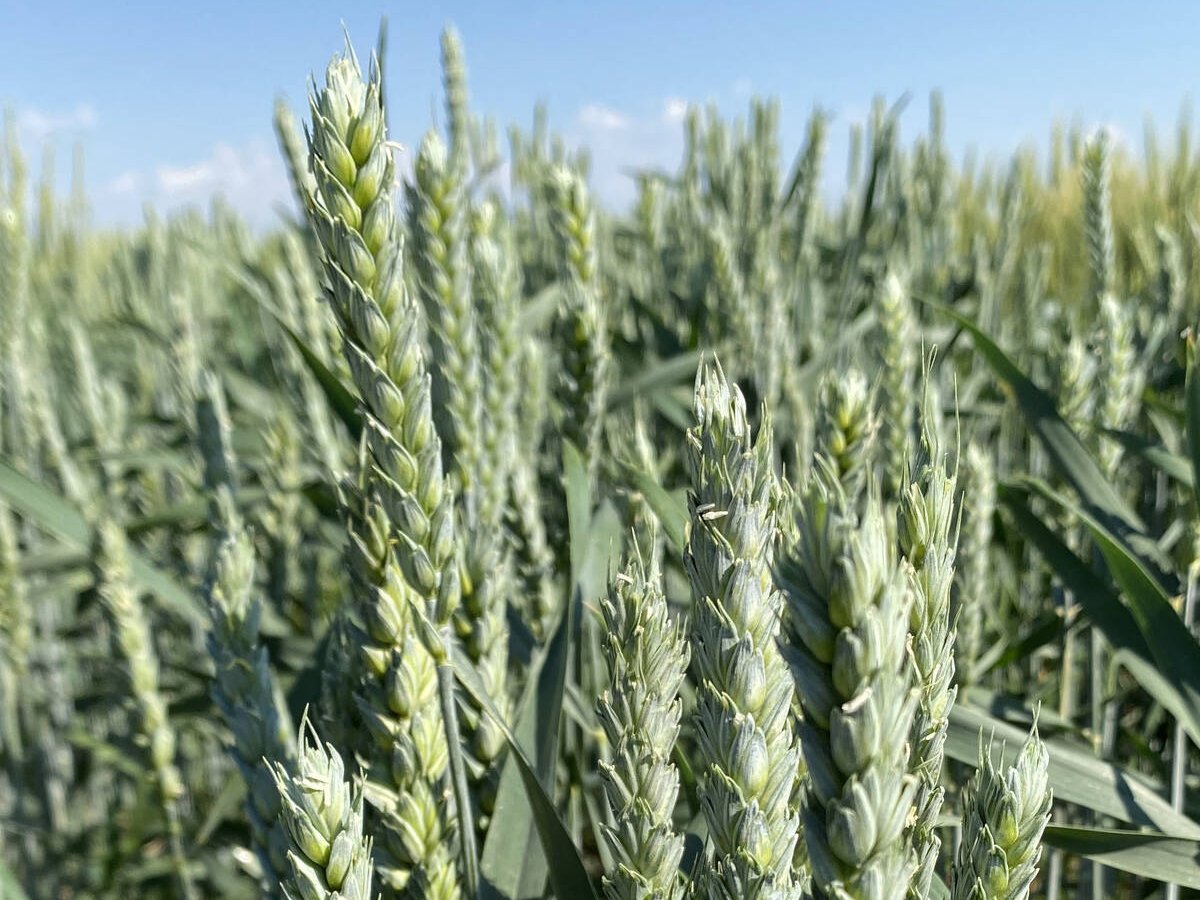Wheat breeders try to stack their new varieties with as many beneficial traits as possible, but wheat today is often bought on almost a niche marketing basis.
Farmers are looking more than ever for new varieties that provide specific, often localized, benefits.
Those range from yield, resistance to disease and insects, sprouting resistance, days to maturity, lodging resistance and other characteristics.
“Today’s farmer is experimenting with a range of newly developed plant lines that can address very specific agricultural needs,” said Mike Grenier, agronomist for the Canadian Wheat Board.
Read Also

Discovery promises big wheat yield gain
University of Maryland researchers have discovered a gene that produces three grains per wheat floret instead of the usual one.
That was clear in the board’s 2009 variety survey, released last week and based on information from more than 7,600 western Canadian farmers.
Lillian, a solid stem wheat with sawfly resistance, good yield and protein, and a good disease package, was the number one wheat prairie-wide with 17.5 percent of the acreage. It was developed by Agriculture Canada researcher Ron DePauw at Swift Current, Sask.
That’s a change from years gone by, when varieties like AC Barrie, Neepawa or Katepwa would routinely account for well over half of prairie wheat acres and remain on top for years.
DePauw said wheat breeders have always looked to stack as many beneficial traits as possible onto a single variety.
“Now there is a such a great diversity of choices that a farmer can find and choose something that offers a little bit of an incremental advantage that may mean a lot on his farm.”
For example, the variety named Harvest has good standability and is the most popular variety in Alberta. That’s also a valuable trait for Manitoba, but it has no fusarium tolerance, so hasn’t been widely adopted in that province.
Similarly, Intrepid, which is early maturing and has good standability, is the top choice in the Peace regions of B.C., but its low yield hurts its acceptance elsewhere.
Kane, with good fusarium and sprouting resistance, is number one in Manitoba at 22.6, but hardly registers anywhere else.
DePauw added that the seed marketers are adept at identifying niche factors for specific areas and making sure their farmer customers get the appropriate variety for their situation.
Grenier said as breeders work to stack on more and more traits, it’s inevitable that new varieties in the future will display broader adaptability.
In the winners’ circle
Among the results of the survey:
* While 34 varieties of CW red spring varieties were seeded in 2009, the top five – Lillian, Harvest Superb, AC Barrie and McKenzie – still accounted for 55 percent of total acreage.
* The most popular durum variety was Strongfield, with 63 percent of prairie acreage and top-ranked in
every province.
* Canada Western red spring and CW amber durum together accounted for 91 percent of prairie wheat production, with seven minor classes making up the remainder.
* Among malting barley varieties, AC Metcalfe was the top two-row for the eighth straight year, with 60.2 percent of total acreage and leading in every province. The top six-row was Tradition at 40.9 percent, followed closely by last year’s number one Legacy with 40.4. Two-row varieties accounted for 84.7 percent of malting barley acreage.
* The top two-row feed barley was again Xena (44.8 percent), while AC Ranger took over top spot from Vivar, accounting for 15.6 percent of acres.
The complete survey can be viewed on the CWB’s website, www.cwb.ca.














